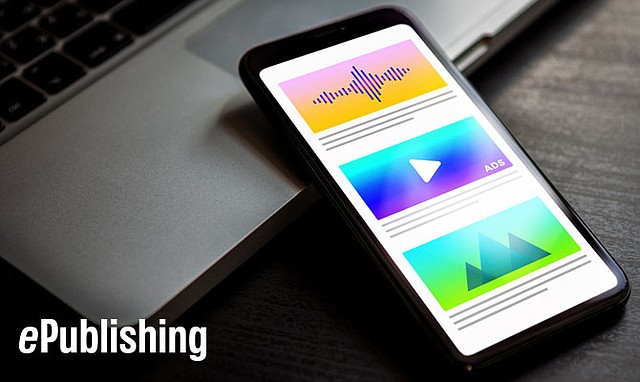Ebooks for Marketing: 10 Tips for Success
Tuesday, October 30, 2012
You know you want to diversify your revenue stream and increase audience engagement—that’s just part of online publishing. Perhaps you’ve added eCommerce to your website to sell your content and related products. Maybe you’ve begun a webinar series and developed an industry directory. It’s likely that you’ve got social sharing and commenting capability. Hopefully, you’ve got the SaaS Content Management Platform to support it all. Have you thought of creating an ebook?
Ebooks are a proven method for increasing traffic and lead generation. They provide a simple benefit to potential customers and help to establish your credibility, while giving you some marketing mileage: ebooks are easily updated, cost-effective and can be shared via multiple platforms, providing a diversity of outreach opportunities with indefinite longevity. They are a great way to help you build brand recognition.
Here are a few tips for success:
1) Provide useful information—don’t make a sales pitch. Answer a specific question or address a particular issue that your audience frequently grapples with. Cover your topic concisely and thoroughly.
2) Make it Visual and Interactive. Take advantage of the flexibility provided by an online platform and include a variety of media. Embed links back to your site or other related products along with videos and images to enhance the readers’ understanding and entice them to interact.
3) Offer it for free. People love free information that makes life easier. And they’ll love you for providing it. In exchange, most will happily provide their contact info when registering for the ebook. Remember, your goal is to introduce yourself to new potential customers and establish your credibility.
4) Meet the 20-page challenge. There is no specific rule of thumb for the length of an ebook—but somewhere around 20 pages of quality content establishes your authority on a topic and is likely to provide the reader with the level of value they would expect.
5) Format it to common reading styles. People read in a variety of ways, but there are a few common rules that cater to online readers:
a. Present information in a slideshow format—with a healthy mix of images and clear, simple text.
b. Avoid “big” words. Use a conversational tone.
c. Include subheadings for each section, so those that skim can get an idea of what kind of information they will get.
d. Stick to one idea per page.
e. Keep in mind that people often read in an “F” pattern.
6) Introduce yourself briefly at the beginning or end and include your contact information.
7) Promote your ebook through various channels including social media, blogging, adwords and drip email marketing.
8) Deliver it in a variety of formats and locations including handing out print copies during networking events and presentations, making it available for download on your website, linking to it from other marketing venues, attaching it to an email campaign and listing it on ebook marketing sites.
9) Submit it for awards. Look for competitions in your field of expertise or marketing and submit your work for potential recognition.
10) Adapt for all screens and platforms. Make sure you have the capability to adapt your ebook for mobile devices and tablets.
